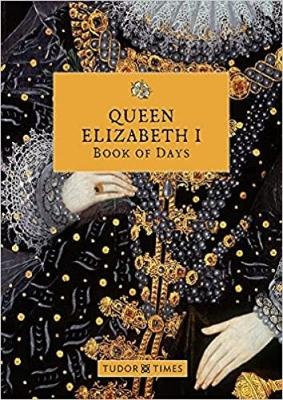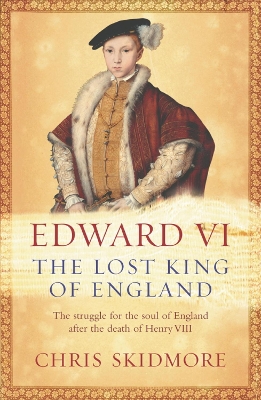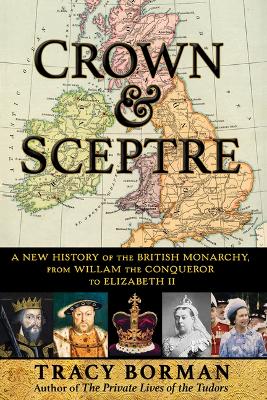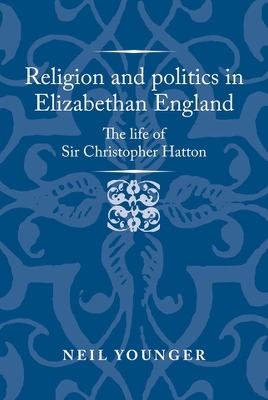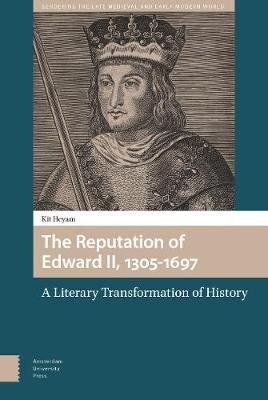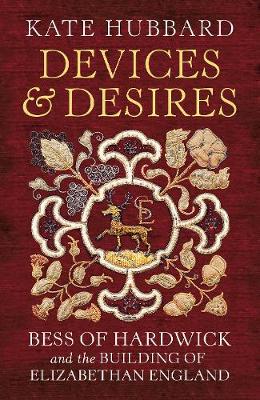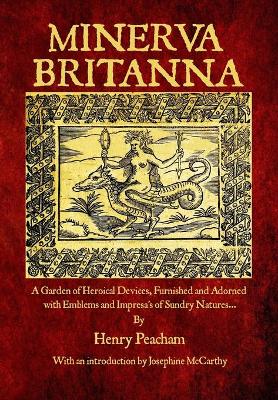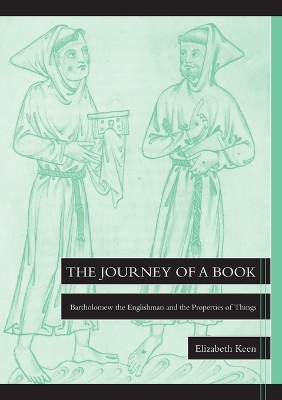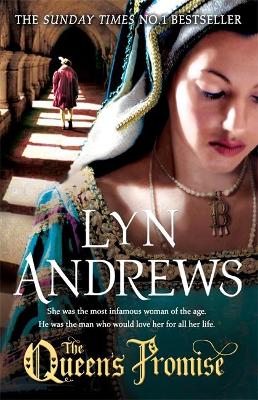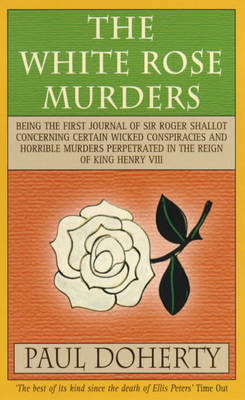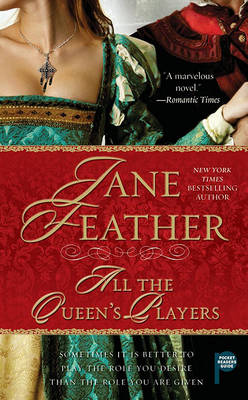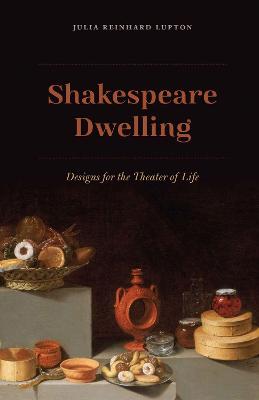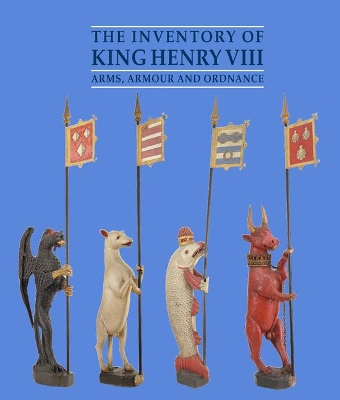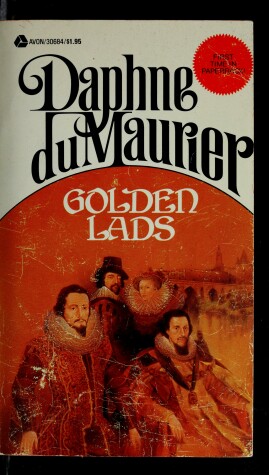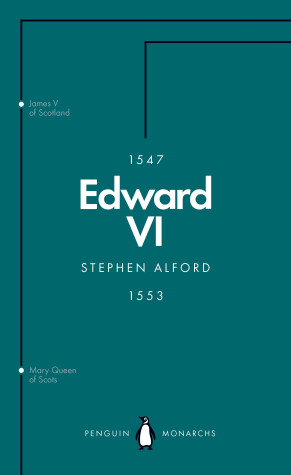Kriegslegitimation in Der Fruhen Neuzeit (Veroeffentlichungen Des Deutschen Historischen Instituts Lond)
by Julian Katz
Traditionally history is cerebral: what did they believe, what did they think, what did they know? Woodsmoke and Sage is not a traditional book. Using the five senses, historian Amy Licence presents a new perspective on the material culture of the past, exploring the Tudors’ relationship with the fabric of their existence, from the clothes on their backs, the roofs over their heads and the food on their tables, to the wider questions of how they interpreted and presented themselves, and what t...
The struggle for the soul of England after the death of Henry VIIIIn the death of Henry VIII, the crown passed to his nine-year-old son, Edward. However, real power went to the Protector, Edward's uncle, the Duke of Somerset. The court had been a hotbed of intrigue since the last days of Henry VIII. Without an adult monarch, the stakes were even higher. The first challenger was the duke's own brother: he seduced Henry VIII's former queen, Katherine Parr; having married her, he pursued Princess E...
Religion and Politics in Elizabethan England (Politics, Culture and Society in Early Modern Britain)
by Neil Younger
This book reassesses the religious politics of Elizabethan England through a study of one of its most unusual figures. Sir Christopher Hatton, a royal favourite turned senior minister, was unique among Elizabeth's leading ministers in being a consistent supporter of English Catholics and perhaps even some kind of Catholic himself. His influence over the queen was a significant factor in restraining the policy preferences of Elizabeth's more strongly Protestant advisors, particularly as regards t...
Crown Lands, 1461-1536 (Unwin University Books) (Historical Problems S.)
by B.P. Wolffe
The Reputation of Edward II, 1305-1697 (Gendering the Late Medieval and Early Modern World)
by Kit Heyam
During his lifetime and the four centuries following his death, King Edward II (1307-1327) acquired a reputation for having engaged in sexual and romantic relationships with his male favourites, and having been murdered by penetration with a red-hot spit. This book provides the first account of how this reputation developed, providing new insights into the processes and priorities that shaped narratives of sexual transgression in medieval and early modern England. In doing so, it analyses the ch...
The remarkable story of Bess of Hardwick, her ascent through Elizabethan society and the houses she built that shaped British architectural history.Born in 1521, Bess of Hardwick, businesswoman, money-lender and property tycoon, lived an astonishing eighty-seven years. Through canny choices, four husbands and a will of steel she rose from country squire’s daughter to Dowager Countess, establishing herself as one of the richest and most powerful women in England, second only to Queen Elizabeth. B...
From bestselling author Lyn Andrews comes a compelling historical epic set at the endlessly fascinating Tudor court about the most infamous woman of the age - Anne Boleyn - and the man who loved her before she became queen. From the moment Henry Percy, future Earl of Northumberland, glimpses the beautiful Anne Boleyn he is captivated and quickly proposes marriage Anne has been taught to use her charms to her advantage and to secure her family's position of power at court. She sees that Henry Pe...
In 1517 the English armies have defeated and killed James IV of Scotland at Flodden and James's widow-queen, Margaret, sister to Henry VIII, has fled to England, leaving her crown under a Council of Regency. Roger Shallot is drawn into a web of mystery and murder by his close friendship with Benjamin Daunbey, the nephew of Cardinal Wolsey, first minister of Henry VIII. Benjamin and Roger are ordered into Margaret's household to resolve certain mysteries as well as to bring about her restoration...
At Queen Elizabeth's palace, intrigue abounds. And when a naive girl with a gift for keen observation enters the court, she can hardly imagine the role she will play in bringing England--indeed, the whole of Europe--to the brink of war. Nor can she foresee her own journey to the brink of ecstasy and beyond. . . . When she becomes a junior lady of Queen Elizabeth's bedchamber, Rosamund is instructed by her cousin, the brilliant and devious secretary of state Sir Francis Walsingham, to record ever...
Great halls and hovels, dove-houses and sheepcotes, mountain cells and seaside shelters-these are some of the spaces in which Shakespearean characters gather to dwell, and to test their connections with one another and their worlds. Julia Reinhard Lupton enters Shakespeare's dwelling places in search of insights into the most fundamental human problems. Focusing on five works (Romeo and Juliet, Macbeth, Pericles, Cymbeline, and The Winter's Tale), Lupton remakes the concept of dwelling by dr...
Prior to the publication of this biography, the elusive Anthony Bacon was merely glimpsed in the shadow of his famous younger brother, Francis.A fascinating historical figure, Anthony Bacon was a contemporary of the brilliant band of gallants who clustered round the court of Elizabeth I, and he was closely connected with the Queen's favourite, the Earl of Essex. He also worked as an agent for Sir Francis Walsingham, the Queen's spymaster, living in France where he became acquainted with Henri IV...
The acclaimed Penguin Monarchs series: short, fresh, expert accounts of England's rulers - now in paperbackEdward VI, the only son of Henry VIII, became king at the age of nine and died wholly unexpectedly at the age of fifteen. All around him loomed powerful men who hoped to use the child to further their own ends, but who were also playing a long game - assuming that Edward would long outlive them and become as commanding a figure as his father had been. Stephen Alford's wonderful book gives...
Women, Dance and Parish Religion in England, 1300-1640 (Gender in the Middle Ages)
by Dr. Lynneth Miller Renberg
The devil's cows, impudent camels, or damsels animated by the devil: late medieval and early modern authors used these descriptors and more to talk about dancers, particularly women. Yet, dance was not always considered entirely sinful or connected primarily to women: in some early medieval texts, dancers were exhorted to dance to God, arm-in-arm with their neighbors, and parishes were filled with danced expressions of faith. What led to the transformation of dancers from saints dancing after Ch...




